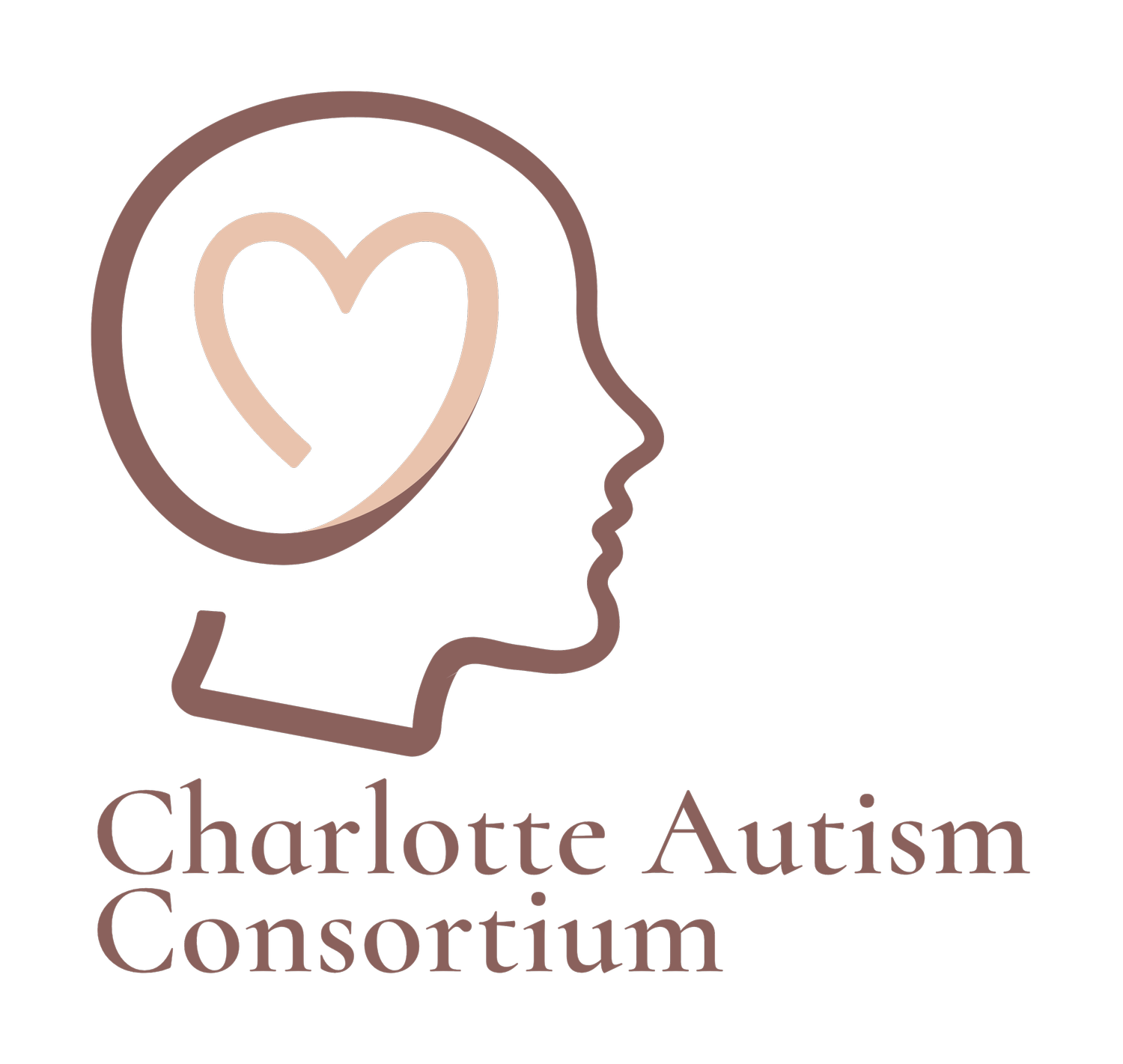Embracing A Neurodiverse World
Are we embracing a neurodiverse world?
Devon Brunson, MS, CCC-SLP, CBIS
Neurodiversity seems to be a buzzword these days. Neurodiversity in the workplace.
Visibility of neurodivergent learners in schools. Awareness of neurodiverse needs in
relationships. With the terminology being more commonplace, are we as a society
emphasizing and embracing the role that neurodiversity has in our day to day lives?
Let’s back up a bit to make sure everyone is on the same page about what
neurodiversity is. When you break down the term to its core, “neuro” relates to all things
in the nervous system, whereas “diversity” is the practice of inclusion given various
different backgrounds. When you add the terms together, you get neurodiversity...
“..the range of differences in individual brain function and behavioral traits, regarded as
part of normal variation in the human population...”
Individuals who are neurodivergent span a wide spectrum of different conditions, needs,
and strengths, including those with:
● Autism
● ADHD/ADD
● Intellectual or Learning Differences
● Tourette’s
● Dyspraxia
● Anxiety
...and many others.
Furthermore, neurodiversity acknowledges and celebrates differences in functioning, as
opposed to focusing on the stigma that can accompany terms like “deficits” and
“impairments.”
So, clearly neurodivergent individuals are present - at work, in school, on college
campuses, in grocery stores, at parks...everywhere! And they always have been. But,
most neurodivergent individuals have likely encountered negativity about their
skills/behaviors, which has led to societal stigma on what they can and cannot do.
With greater recognition of neurodivergent conditions and emphasis placed on what
individuals can bring to the table (instead of what they lack), are we doing enough to
make society inclusive to neurodiversity? Let’s take a quick (and broad) look at what is
being done at different levels to incorporate neurodivergent needs into day to day life:
● Community Level: Shifting towards the notion of “community unity” rather than
“uniformity”. This allows communities to challenge overarching mindsets and
celebrate individual differences, rather than expect that everyone conforms to
one way of being. Any barriers that the community faces can be addressed by
pulling from individuals with different experiences, talents, and thought
processes, which allows for the production of solutions from different angles.
Creating safe spaces that are accessible, welcoming, and non-discriminatory
helps empower everyone in the community in knowing that they can show up as
themselves and for each other.
● Professional Level: More companies are seeing the benefits of including and
offering workplace support to employees who identify as neurodivergent. Some
neurodivergent individuals possess heightened cognitive and creative skills,
which bode well in professions such as engineering, technology, and the arts. By
utilizing the unique mindset of neurodivergent individuals, companies are now
able to shift and consider new ways of tackling real world issues that impact their
functioning and bottom line in regards to sales or production. Although
acceptance is more prevalent of neurodiversity, especially amongst big name
employers, many other businesses continue to latch on to stereotypical deficits of
neurodivergent individuals. There is also concern amongst neurodivergent
individuals as to whether or not they should disclose their functional differences
to employers, for fear of retaliation (e.g., lower pay, not considered for
promotional opportunities, concern over how abilities will be perceived by
co-workers/supervisors). Given the high cost of caring for individuals with
neurodivergent individuals who identify as autistic ($5,000 annually for adults
18-25), and their historically low numbers in regards to employment (more than
66% of young autistic adults are unemployed), it would be a win-win for
employers to incorporate more neurodivergent individuals into the workplace in
addition to fostering more economic, social, and financial security for those who
think, interact, and function differently.
● Academic Level: General education teachers have an enormous load on their
shoulders. Each year, they must teach a standardized curriculum to a classroom
full of students, sometimes 30 or more to a room (per period). Not even
accounting for the demands of meeting annual testing requirements, educators
may simply lack the time, resources, and support to fully reach the needs of each
individual student, neurodivergent or neurotypical. This also applies to case
managers and related personnel (psychologists, speech-language pathologists,
special educators, occupational and physical therapists) who also serve high
caseloads of students with Individualized Education Plans. Once students leave
or graduate from the secondary education system, employers and
post-secondary educators are seeing young adults who have yet to discover their
personal strengths, but have spent years focusing on their deficits. It is the
former which helps any individual, but especially neurodivergent individuals,
succeed in the world after high school. Possible remedies could include initiating
transition planning earlier; considering a broader array of work environments (as
opposed to just hospitality, service, and retail positions), and ensuring that
neurodivergent students are given just access to variable course work while in
the secondary setting that could open up doors to other academic and
pre-professional experiences. Not to mention also adequately supporting the
social-emotional needs that neurodivergent students may face in early childhood
and adolescence, and also educating educators on how to shift their mindsets to
have higher expectations of neurodivergent students.
This blog is certainly just scratching the surface of neurodiversity’s place and role in our
societal framework. What are your thoughts? Is there more that we can do to be
accepting of and foster neurodiversity in our communities, schools, and workplaces?
References:
Autism Society Resources: Employment
Contributing factors to healthcare costs in individuals with autism spectrum
Education Week: What Employers Can Teach Schools About Neurodiversity
Neurodiversity and Neurodivergent
Neurodiversity: Community Unity, Not Uniformity, and the Essence of Respect and Kindness.
Neurodiversity in the Workplace


